One of the core premises of our model of mediation is that the parties are motivated to mediate. Since mediation is voluntary, unless both parties have reasons to mediate, mediation is not likely to be successful. Motivation is the driving force that fuels the mediation. With sufficient motivation, the parties are likely to reach agreement almost regardless of the mediator’s competence. With insufficient motivation, even a highly skilled mediator will not make enough of a difference for the process to work.
In almost all conflicts that come to mediation, there is usually a mix of motivations that the parties have to mediate. The kinds of motivations that are typically easy for the parties to identify and articulate are the desire to save money or to expedite the result. Another motivation can be the desire to participate in the determination of the result, which means having veto power over any outcome. Sharing control of the result, even with someone they strongly disagree with, is often more attractive to people than giving the power to decide to a third party. Another major reason that parties may want to mediate is the possibility that they can find a result that is better for both parties than a court determined outcome. Other motivations closer to the parties’ hearts are harder for some to identify and harder still to disclose in the presence of the other. These may include preserving the relationship, wanting to have a direct conversation with the other where the possibility of greater understanding by the other of their view could be valuable, as well as a number of other kinds of motivations that are more specific to the situation the parties find themselves in.
No matter how strong the motivations of the parties, there are usually a number of reasons why each party would not want to mediate, ranging from a degree of animosity that they feel toward each other, the need to feel vindicated by someone else as being right, mistrust of the other’s willingness to work toward a mutually acceptable result, and the desire for more protection than they might find in mediation.As mediators we are concerned when parties feel that they are compelled mediate, and we encourage people to be willing to choose not to mediate if it doesn’t make sense to them to do so. Even if the parties are ordered to mediate, one of our ground rules is that the parties can leave at any time. The reason that we do this is our view that unless parties have the ability to say “No” to the process, they don’t have a real “Yes” that they will be able to draw upon to get through the challenges of the process.
We also believe that parties are in a much better position to understand their true motivations once they are in the same room together with the mediator. There is something about the physical presence of a neutral with the parties that conveys an enormous amount of emotional and rational information about what mediation is. Simply sitting together knowing that the neutral doesn’t have the decision making power underscores the opportunity for the parties to be able to make decisions together. This is the essence of the process and is often quite different than what the parties have in mind when they mistakenly think that the mediator is a judge–like figure or will become an advocate for the party they agree with. This expectation comes out of our history that when we have serious conflicts with others, we do not have much experience going through such conflicts together with the person with whom we disagree to make a decision that is mutually acceptable.
It is a profound and adult decision for people to find a way through their disagreement with someone else. It is not for everyone, and at the same time, the intensity of the conflict can often be an aid to helping parties recognize how valuable it could be for their lives to find peace through mutual understanding.
In the contracting phase of mediation, we think it is important to be clear about how the mediation process is different than the other options available to the parties and then to have a conversation with them about their motivations to mediate, as well as concerns that they have about mediation, to put them in a place to make a clear choice to mediate. What we are looking for at the beginning is to see if the motivations to mediate are sufficient to begin the process with the hope that participation in the process can deepen the parties’ understanding of why they want to do it. This forms the container for how the parties can work together that allows for a true alternative to dealing with conflict.
